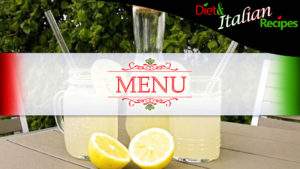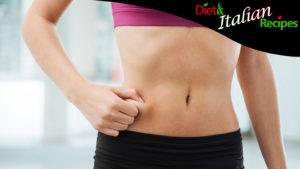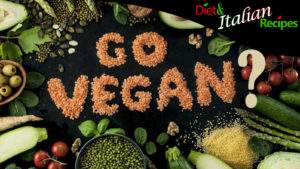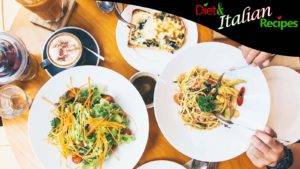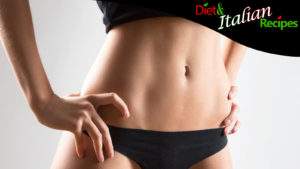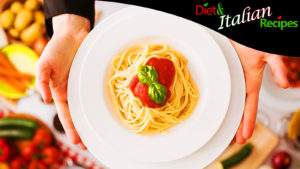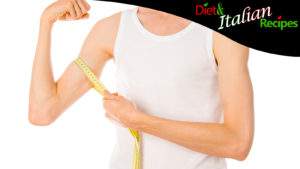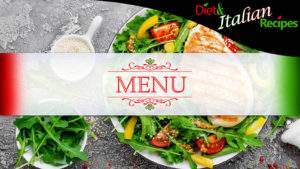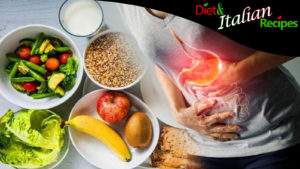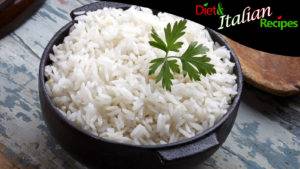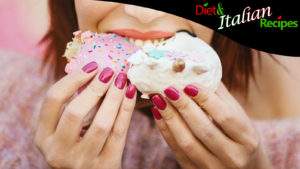The Dukan diet is a high protein diet that consists of a diet based on excessive protein consumption, reducing almost to zero the intake of carbohydrates and fats. The Dukan diet, named after the French doctor Pierre Dukan who created it in 2000, allows the consumption of proteins from lean meats (excluding pork), fish, and even eggs. Strictly low calorie, the Dukan diet is designed to help lose weight by putting the body in a state of ketosis, as the body does not find carbohydrates in our meals, it draws from fat reserves, thus getting rid of extra kilos. The Dukan diet is structured in four phases: attack phase, cruise phase, consolidation phase, and maintenance phase; today we see what to eat during the attack phase.
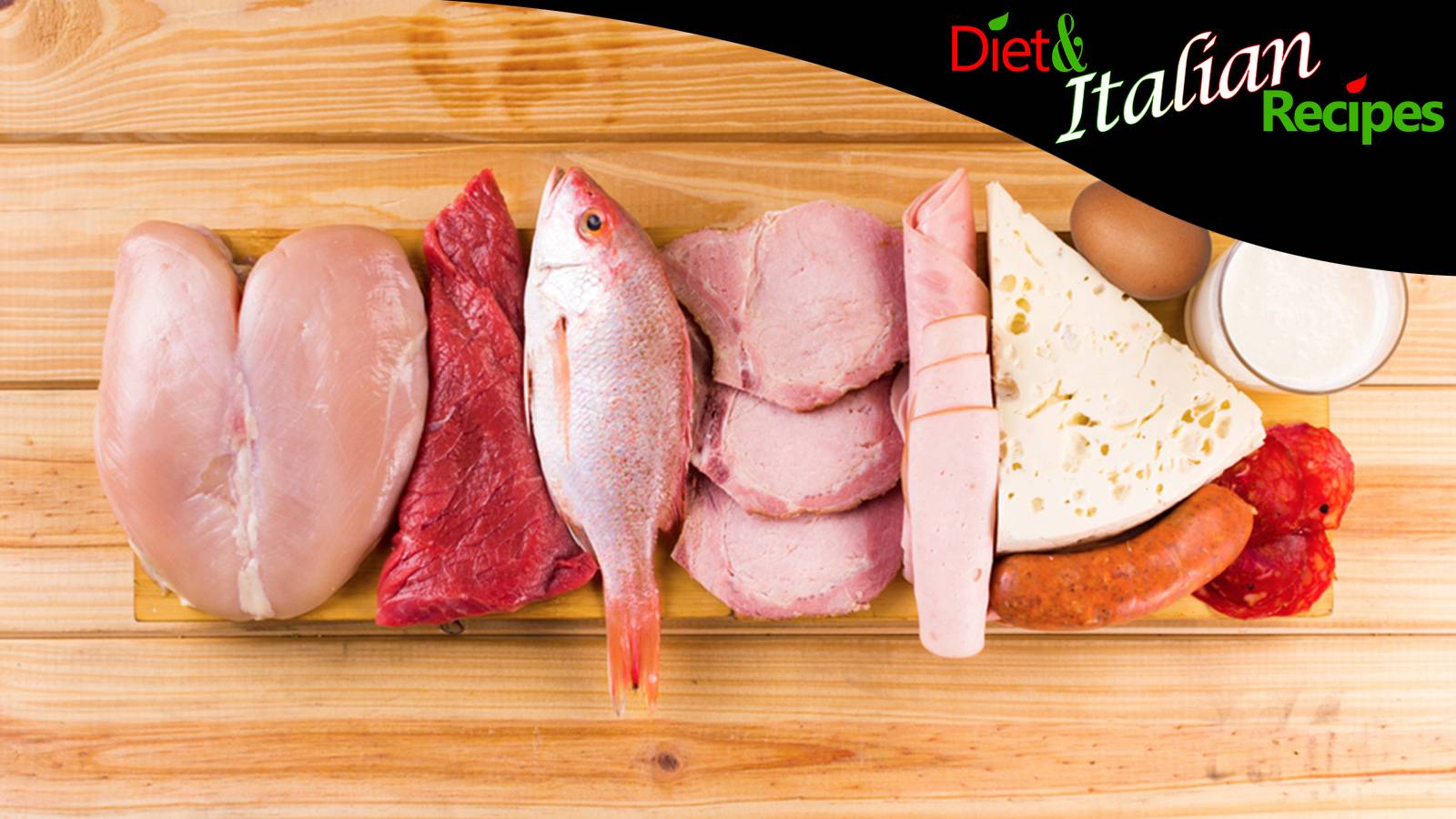
The Dukan Diet: what it is and how it works
The Dukan Diet is a low-calorie and restrictive diet that advises against eating carbohydrates and fats at the table in favor of proteins, for this reason it is considered a high-protein diet. The characteristics of the Dukan Diet are the same as the motivations for the severe criticism of many nutritionists around the world: you don’t eat carbohydrates except for limited amounts of oat bran, you don’t eat enough vegetables and fruit, so you risk too many dietary deficiencies. But let’s see specifically how it works and what you eat during the 4 phases.
How it works and what is eaten during the 4 phases of the Dukan diet
The Dukan diet works like this: there are four phases, each with a specific purpose and preparatory for the next. The four phases of the Dukan diet are:
- Attack phase of the Dukan diet: the first phase is motivating, lasts from 3 to 7 days depending on the weight to be lost, it serves to quickly lose the first pound. According to Dukan, this phase allows you to lose between 3.3 and 8.8 pounds of pure fat mass, since proteins will take care of maintaining muscle and bone health; you must eat 1 tablespoon of oat bran per day. In addition, you must perform 20 minutes of physical activity per day.
- Cruise phase: In this second phase, which lasts until all the weight to be lost is gone, in addition to proteins, one can eat selected vegetables. It usually allows for a loss of 1 lb per week, alternating days of only proteins with days of proteins and vegetables; 2 tablespoons of oat bran must be eaten per day. In addition, 30 minutes of physical activity must be done per day.
- Consolidation phase: To avoid regaining the weight just lost with so much effort, the consolidation phase aims at reeducating eating habits, lasts 10 days for every kilogram lost. It is a middle phase where the Dukan diet guidelines are still followed but more freedom is allowed in choosing the food to bring to the table. Besides protein and vegetables, fruit, whole grain bread, a portion of cheese, portions of carbohydrates and a free meal per week are allowed; 2 and a half tablespoons of oat bran must be eaten every day. In the consolidation phase, “protein Thursday” comes into play, where for one day the eating regime proposed in the attack phase is returned to, it is essential to consolidate the right weight. Additionally, 25 minutes of physical activity must be done every day.
- Maintenance or Stabilization Phase: This is the fourth and final phase of the Dukan Diet, it lasts for the rest of your life and that’s why it prevents regaining any weight in the future. Not following this final phase of the Dukan Diet means accepting to regain all or part of the lost weight. It involves continuing to follow a balanced diet based on your metabolic needs, including 3 tablespoons of oat bran per day. You must also engage in at least 20 minutes of physical activity per day.
What to eat in the attack phase of the Dukan diet with sample menu
In the attack phase, only proteins are allowed, but not all protein sources are allowed, here is the official list of allowed foods in the attack phase of the Dukan diet:
- LEAN MEATS: Horse steak; Beef steak; Bresaola; Rabbit; Sirloin of beef; Veal rib steak; Veal liver and similar.
- POULTRY: Ostrich steak; Guinea fowl; Chicken liver; Rooster; Pigeon; Chicken and similar.
- FISH: Mackerel; Grouper; Dentex; Hake; Halibut; Plaice; Fresh cod; Whiting; Bream; Emperor fish; Swordfish and similar.
- SEAFOOD: Lobster; Crab; Squid; Scallops; Mussels; Sea heart and similar.
- VEGETABLE PROTEINS: Konjac; Seitan; Tofu.
- LOW-FAT DAIRY: Light milk curd; Lean fresh cheese; Spreadable cheese 0.2%; Skim milk; Ricotta 6%; Natural or flavored with aspartame lean yogurt.
- EGGS: Hen’s eggs.
Here’s a sample menu to give you an idea of what a day on the Dukan Diet could look like:
- BREAKFAST: 1 coffee or 1 cup of skim milk sweetened with stevia + 1 0.1% fat plain yogurt.
- MORNING SNACK: 1 coffee or 1 herbal tea sweetened with stevia + 3 slices of oven-baked turkey breast + 1 0.1% fat plain yogurt.
- LUNCH: Oven-baked turkey breast rolls with 0.1% fat herb spreadable cheese and a few drops of balsamic vinegar + savory oat bran crepes (1 egg + 1 and a half tablespoons of oat bran, + 2 tablespoons of 0.1% fat plain white yogurt + salt and pepper to taste) + whole baked sea bass seasoned with garlic and parsley, without oil.
- AFTERNOON SNACK: 1 cup of green tea or skim milk + 1 0.1% fat yogurt.
- DINNER: 2 slices of smoked salmon with a squeeze of lemon and some parsley leaves + grilled beef slices with tartar sauce (made with 2 boiled eggs, 4 pickles, 1 teaspoon of salted capers, 1 tablespoon of mustard, 1 handful of parsley and 2 tablespoons of sparkling water).
- DESSERT (for lunch or dinner): chocolate cake (to make it: beat 3 egg yolks, 1 teaspoon of Diete Tic and 10g of lean cocoa. Whip 3 egg whites into peaks and mix. Add a pinch of cinnamon. Bake in oven at 150°F for 10/15 minutes).
SHARE what to eat during the attack phase of the Dukan diet and how it works.
The information provided in the Diet and Italian Recipes articles is for INFORMATION ONLY and does not intend to replace the opinion of professional figures such as a doctor, nutritionist, or dietitian, whose intervention is necessary for the prescription and composition of personalized dietary therapies.
